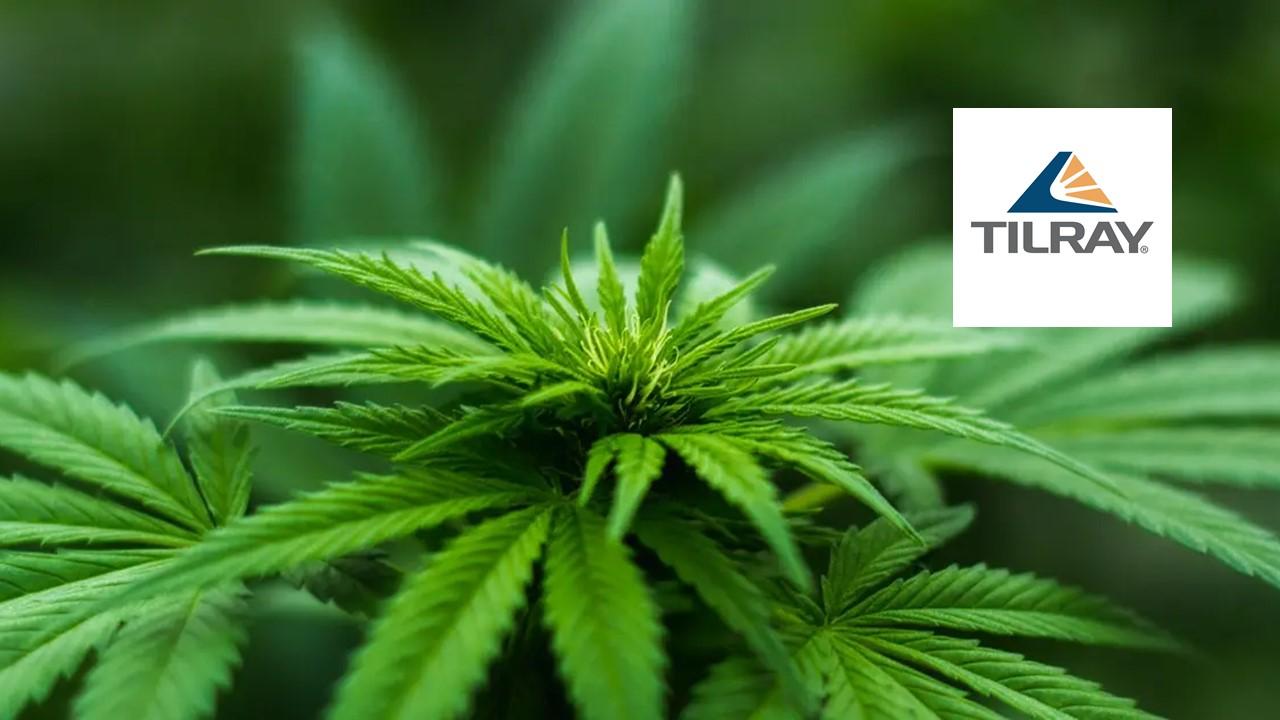
Tilray NASDAQ:TLRY exceeds top and bottom street estimates in fiscal Q4, indicating significant financial improvement.
The company’s negative P/E ratio of -1.42 and challenges in generating cash flow highlight ongoing financial challenges.
Debt-to-equity (D/E) ratio stands at 0.11, showcasing Tilray’s operation without leveraging a lot of debt, a positive sign amidst financial complexities.
NASDAQ:TLRY, a Canadian cannabis and beverage company, has recently reported financial results that exceeded both top and bottom street estimates for its fiscal Q4 period. This performance marks a significant improvement, reflecting the company’s efforts in enhancing its financial health. Tilray has been focusing on reducing its substantial debt, a move that has shown promising progress. However, shareholders should be aware of the ongoing dilution, which could impact the value of their investments over time.
Tilray’s current trading metrics provide a deeper insight into its financial standing. With a price-to-earnings (P/E) ratio of -1.42, the market is valuing TLRY’s shares below its earnings potential. This negative P/E ratio suggests that the company is not currently profitable, a common scenario for many firms in the rapidly evolving cannabis industry. The price-to-sales (P/S) and enterprise value to sales (EV/Sales) ratios both stand at 2, indicating that the market values TLRY at 2 times its sales. These metrics are crucial for investors to understand how the market perceives the company’s sales relative to its stock price.
Another critical financial metric is the enterprise value to operating cash flow (EV/OCF) ratio, which for TLRY is -24.25. This figure highlights the challenges the company faces in generating sufficient cash flow from its operations relative to its enterprise value. Cash flow is essential for a company’s operations and growth, and a negative ratio here signals difficulties in this area. The earnings yield, at -14.88%, further illustrates the earnings generated per dollar invested in the company, underscoring the current financial challenges TLRY faces.
Despite these challenges, Tilray’s debt-to-equity (D/E) ratio stands at 0.11, showcasing that the company operates without leveraging debt to finance its operations. This is a positive sign of financial health, especially in an industry where many companies take on significant debt to fuel growth. Operating without a lot of debt can provide TLRY with more flexibility and potentially less risk for investors, contrasting with the dilution concerns mentioned earlier. Investors can calculate the stock’s target price using financial ratios and compare a company to its closest peers using a simple financial ratio valuation model.
In summary, while Tilray has shown notable improvements in its fiscal Q4 performance, the financial metrics reveal a complex picture. The negative P/E ratio, challenges in generating cash flow, and the ongoing dilution issue are critical factors for investors to consider. However, D/E eatio of 0.11 presents a silver lining, indicating a cautious approach to financial management amidst the company’s efforts to improve its overall financial health.

